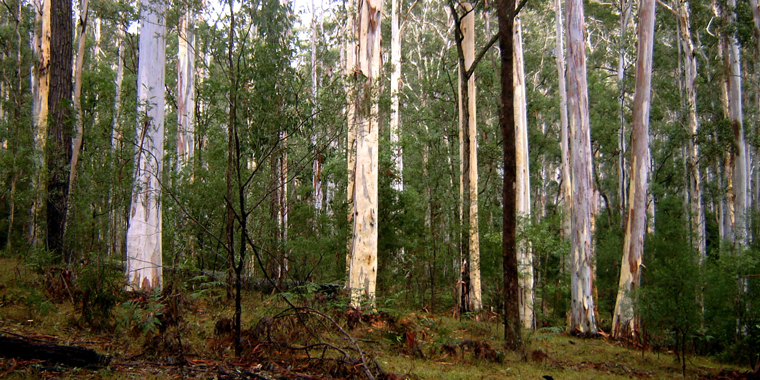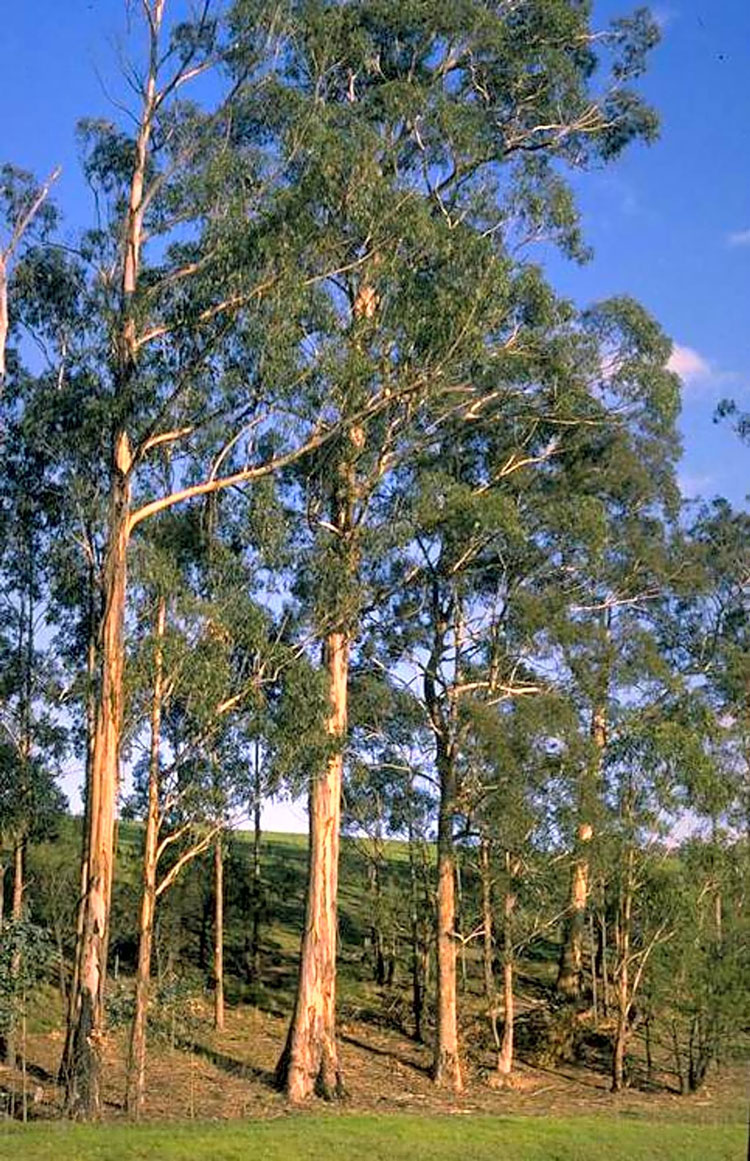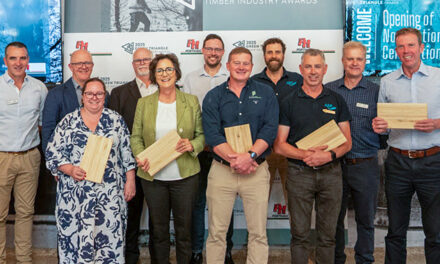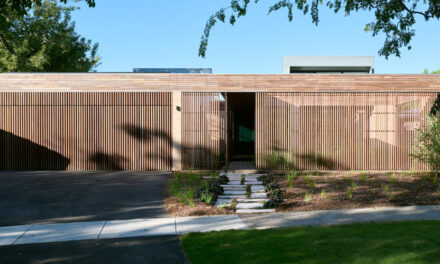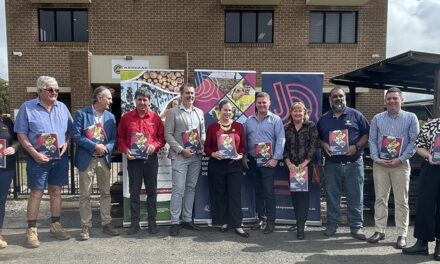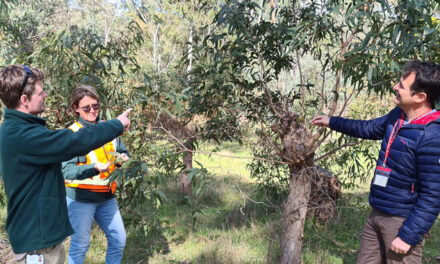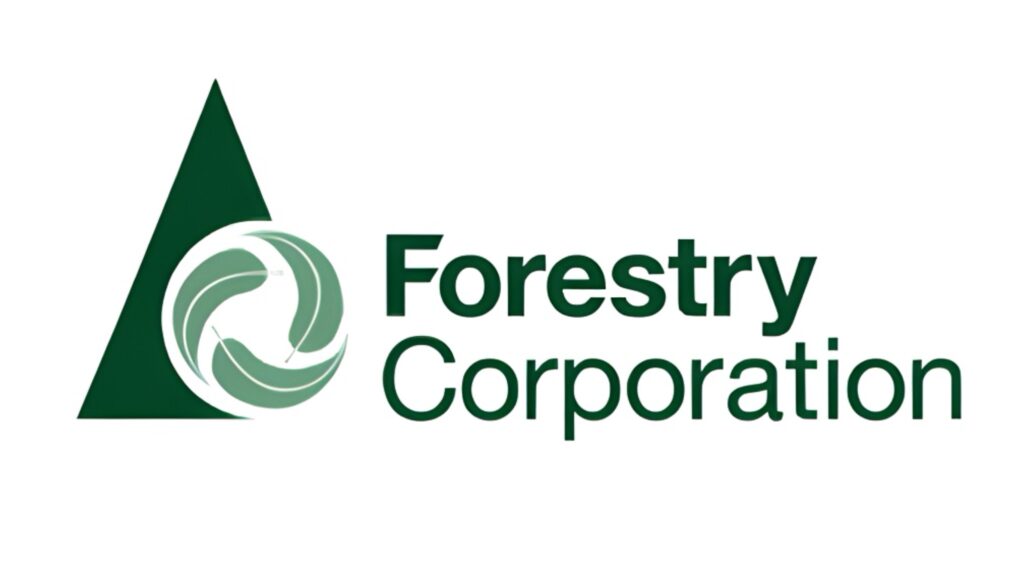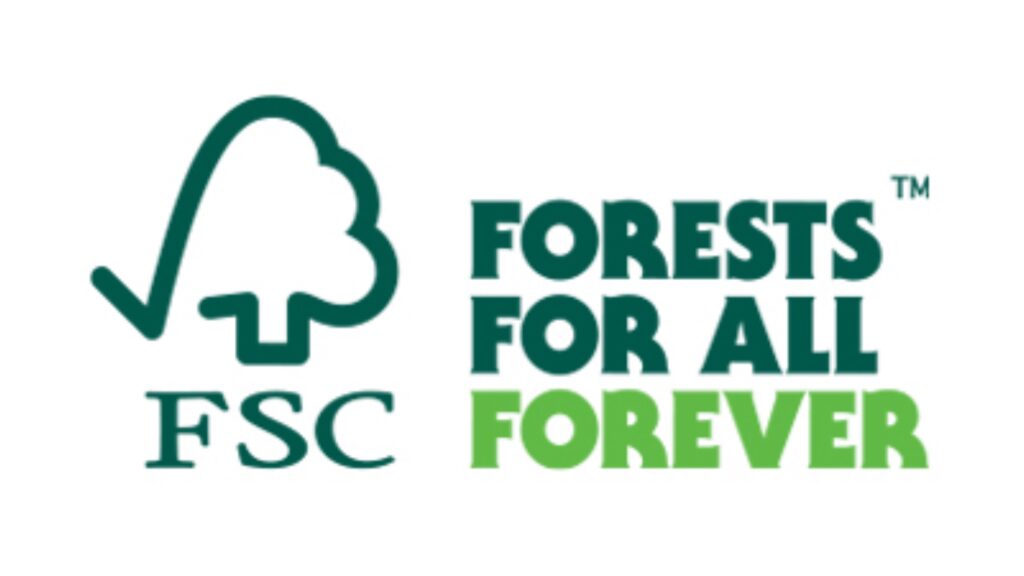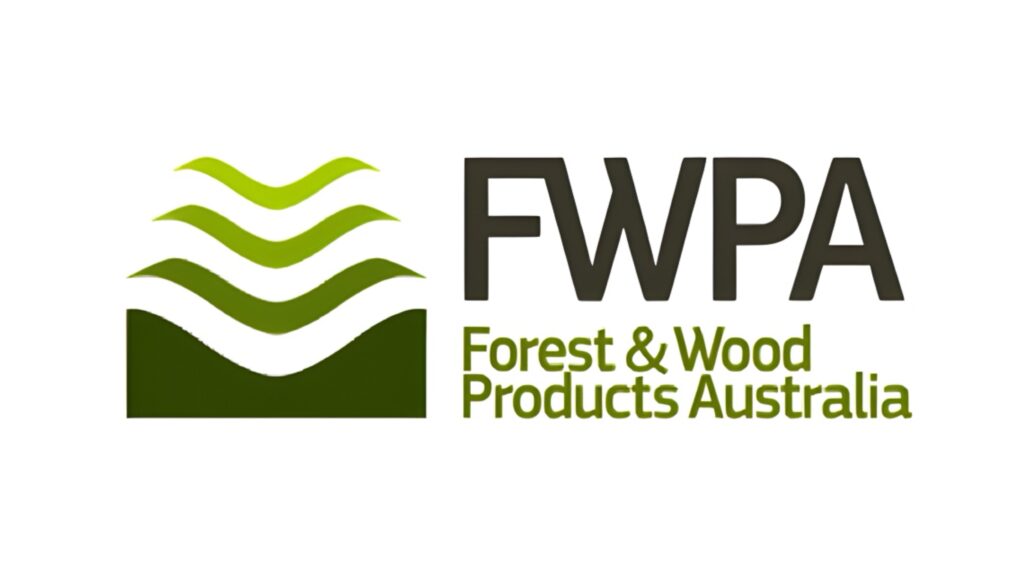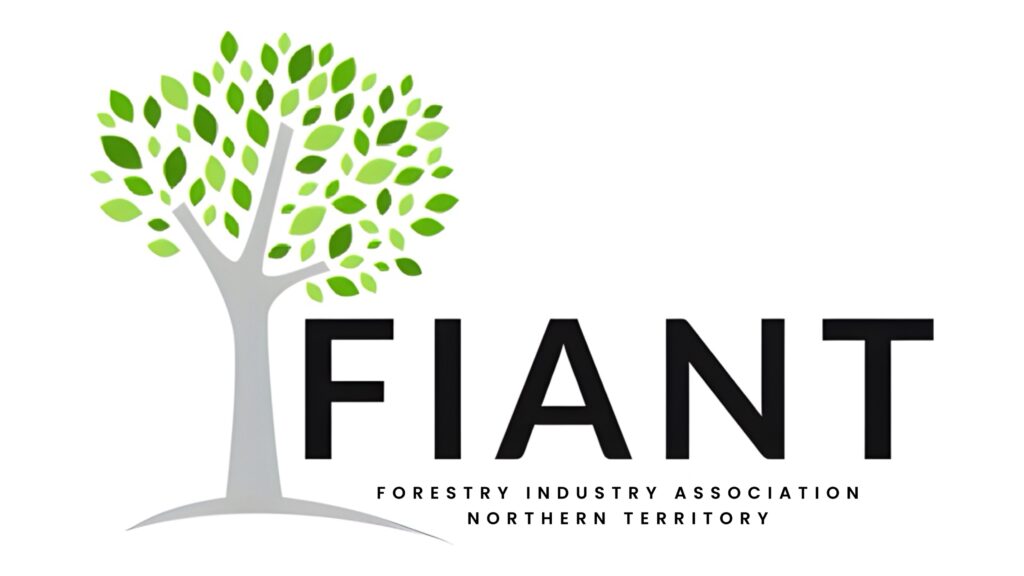FROM WOODCHIP TO STRUCTURAL TIMBER
VICTORIAN TRIAL DELIVERS HIGH-STRENGTH GLULAM FROM BLUE GUM.
Blue gums have historically been grown for low-value
manufacture such as paper. Photo: Ian Brooker and David Kleinig/CC
Member for Western Victoria Jacinta Ermacora, Minister for Jobs and Industry Natalie Hutchins, WTIBeam owners Jason and Edwina Vulcz and Green Triangle Forest Industries Hub CEO Tony Wright with the new GL18 product. Photo: supplied
Blue gum is a widely grown plantation species that has historically been used as a fibre source for low-value manufacture. But a team centred on Victoria’s Warrnambool has created a new engineered wood product from blue gum that is set to change that story.
Putting blue gum through traditional sawmills has not had great success in the past. The timber is prone to bending and twisting while being cut and then also while drying.
The team sought to combat those problems with a new approach: the timbers were carefully sawn and dried, then imperfections were cut out of the lengths and the remaining pieces were glued and finger-jointed into laminates. A two-year trial has finessed the process and tested the results, with the final product being blue gum GL18, a high-strength, high-value EWP that’s suitable for products including beams and joists.
Funded by a Federal Government grant in 2022, the ‘Splinters to Structures’ project has been driven by the Green Triangle Forest Industries Hub, Forest and Wood Products Australia and the Austraian Forest Products Association, working in partnership with WTIBeam (formerly known as Warrnambool Timber Industries).
Laurie Hien, deputy chair of the Green Triangle Forest Industries Hub, told Victorian Country Hour last week, “What makes it unique is that it’s a product that has been constructed from Tasmanian blue gum, Eucalyptus globulus, that has traditionally only been used for chip/paper manufacturing and some clothing and associated product. And all of that product has been exported to date.
“This exciting new engineered wood product gives the opportunity for us to be able to use some of that plantation estate for the manufacturing of an EWP that can be used in both domestic and commercial builds.”
The product was designed in response to the loss of the Chinese market for woodchips in 2021 and an urgent need to find new markets, but as events played out, it was ideally positioned to answer the shutdown of native timber forestry in Victoria. Industry partner WTIBeam has long sold a hardwood-derived GL18 to local builders, but its local supply of hardwood fibre ended with the closure of VicForests.
“We saw an opportunity to fill that void” said Hein, noting that it gave the plantation growers an extra value option through the supply chain.
Based on the trials, the end product is considered very stable and strong, with an expected service life comparable to other GL18 products on the market.
“We do believe, based on the trials thus far, that commercialisation and scaling of this product is realistic,” Hein said, estimating that manufacture in southwest Victoria could begin shortly.
“The product’s contribution to meeting Australia’s future needs is really going to underpin the scaling that is necessary in development and production of this product. So therefore, we will see a modest start and look to grow the product commercially right across this country, though that will take some time,” he said.
Hein pointed out that the current economic and planning environment was supportive of new product: in previous years Australian innovation in EWP has been driven by exports, but now domestic needs are significant and will help to stabilise and underpin the market, making it easier and more rewarding to develop new products and create high value while meeting the demand needs for both residential and commercial building in Australia.
The same trial also looked at peeling blue gum for use as LVL veneers, which has so far delivered high MOE results if only D-grade visual quality.
Green Triangle Forest Industries Hub CEO Tony Wright told Timberbiz that the trials represent a practical pathway to raising the amount of local timber in the built environment without creating social licence issues.
“The outcome for the sector is reduced reliance on exports, the creation of new local jobs and a cost-effective building material with a positive carbon outcome that can fix a shortfall in the domestic market,” he said.
MAIN PIC: Eucalyptus globulus, traditionally only been used for chip/paper manufacturing and some clothing and associated product. Photo: Alan Jones/CC BY-NC

